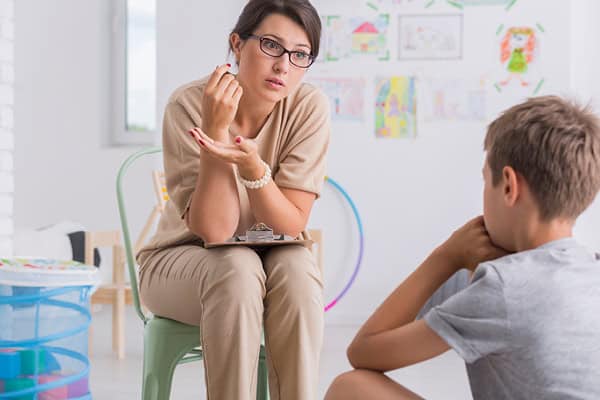In 2023, a groundbreaking study by Monash University revealed the extent of trauma and burnout are among Australian teachers, with 45% of teachers reporting their own personal history of trauma, according to Education Online.
According to the study, which surveyed 302 Australian primary and secondary school teachers, more than 80% of teachers had supported at least one student during their career who has been exposed to trauma.
Teachers were found to be at greater risk of experiencing secondary traumatic stress compared to those who had not been exposed to students experiencing trauma. The academics who carried out the survey say these findings highlight the benefits of trauma-informed teacher training in Australian schools.
The Educator speaks to Yvonne Lindros, ReLATE Consultant and Practice Specialist at the MacKilop Institute, about what teachers can learn from the study, and how they can turn this knowledge into action in their classrooms.
“Schools are currently navigating the increased social and emotional support needs of students after the disruption of numerous stress-inducing experiences,” says Yvonne Lindros, ReLATE Consultant and Practice Specialist at the MacKilop Institute. “While school staff focus so heavily on the needs of their students, it is easy to forget about their own experiences and needs within the school environment.”
“In a school community, everything works in parallel. Many staff experience stress intensely and often, and this impacts everyone. In many schools the impact on the students is significant, and often results in increased stress-based behavioral challenges, which further exacerbate stress levels across the learning community.
“The ReLATE model focusses on trauma, adversity and chronic stress as being a universal experience. It enhances all elements of safety, counter-stress, and teaching and learning in a sustainable and holistic way for staff and students.
“We find that when school staff feel they can be open about their emotions, needs and challenges and celebrate their achievements, they feel safer and more supported in the school environment, regardless of the level of stress. A more regulated educator is then better able to attune to the needs of their students, in turn supporting them to feel safer and connected.
“Secondary Traumatic Stress and personal trauma experiences are an unfortunate reality in all schools, but often not spoken about openly. The connection we so often work on developing with our students must also be a focus between colleagues, as well as between staff and leaders within the school, to create a sense of social, emotional and psychological safety.
“Self-care discussions and planning should also take place. Any support provided should also be regularly reviewed and refined together.
“Practical strategies for managing the work requirements, supported by coaching and mentoring is critical, alongside scheduled check-ins and ensuring the staff member’s support networks are clearly established. It is important to encourage the staff member to access professional support, whether through EAP or an external provider, to ensure the support provided is multi-faceted.
”Providing time within team meetings or individually for example, for staff to share proud moments, achievements, or ‘shout-out’ great practice can support this culture. In my experience, the time taken to focus on this throughout the day or week significantly impacts the experiences of the team and staff morale overall.
“Modelling vulnerability by sharing emotion or admitting you don’t have the answer for example, and courage to try something new, are appreciated and demonstrate the kind of openness that is valued within the culture of the school.
Educator Online





